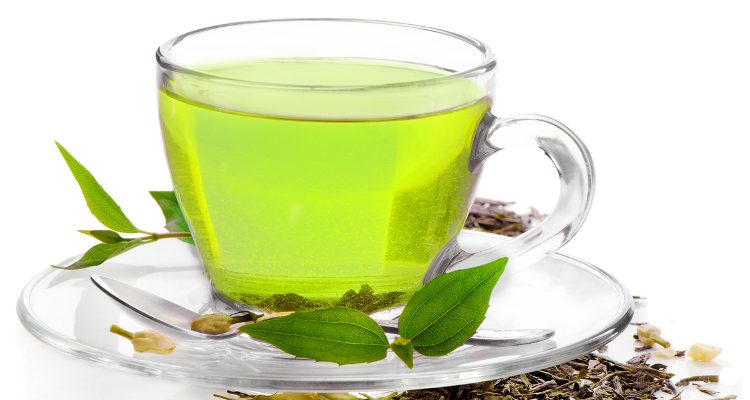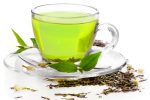
Arthritis is a very common condition affecting millions of people in North America annually. The definition of arthritis literally implies inflammation of a joint. The cause of the inflammation basically determines the type of arthritis you can develop, and this is important to know when you’re looking for arthritis pain relief.
For example, the degenerative form of arthritis is associated with aging, trauma or “wear and tear” type of joint inflammation. This type of arthritis affects the large joints like the hip, knee, and spine and affects the cartilage within the joints. Osteoarthritis is a good example of the degenerative form of arthritis.
Regardless of the cause, arthritis causes pain, swelling, and limited mobility for those who suffer from it. But there are some natural remedies that can provide you with arthritis pain relief. And you don’t need to pay for an expensive prescription—I’ve got the natural remedies you need to know. Here are the four best foods that will lower inflammation and improve joint mobility:
Foods that Help Relieve Arthritis
1. Red Bell Peppers
This vegetable is a favorite of mine because it tastes great and contains a very high concentration of antioxidants—the most widely known of which is vitamin C.
Red bell peppers contain approximately 95 mg of vitamin C per a half cup serving. Vitamin C is especially important in the formation of collagen fibers that traverse through cartilage—giving it form, shape, strength and stability.
Degenerative arthritis can cause the prolonged damage to cartilage and the collagen network which supports it. Previous research has indicated that vitamin C can help prevent this type of arthritis for forming. This is definitely a natural remedy for arthritis you need to know about.
PLUS: 5 Foods That Contain More Vitamin C Than Oranges
2. Grape Juice
Another natural remedy for arthritis is grape juice. Natural, unsweetened grape juice or red wine contains high amounts of anti-inflammatory chemicals known as proanthocyanidins.
These chemicals found in higher concentrations in the grape skins and seeds have potent free radical absorptive capacity. These specialized free radical scavengers can absorb the free radical chemicals released during the inflammatory process which can damage cartilage and joint tissue cells. For arthritis pain relief, drink more grape juice or red wine.
3. Green Tea
Green tea is a great natural remedy for arthritis: it contains chemicals known as polyphenols which can have a very positive effect upon joint tissues.
The most studied of this family of chemicals in green tea is a catechin chemical called epigallocatechin gallate. This chemical is another example of a portent free radical scavenger that can prevent damage to joint structures by blocking the affects of free radical insults to joint tissue cells.
For the best arthritis pain relief, increase your green tea intake to two to four cups daily. It can really make a difference in alleviating your arthritis symptoms.
4. Pomegranate
The pomegranate fruit and its juice are highly functional foods because they contain pigment chemicals known as anthocyanins and anthocyanidins.
These powerful chemicals also act as potent free radical scavengers which can absorb the damaging free radical molecules produced from acute or chronic inflammation responsible for the typical symptoms attributed to arthritis.
This is a great natural remedy for arthritis which can be found in most grocery stores. Get arthritis pain relief by consuming this fruit or several servings of its juice daily.
Sources:
“Vitamin C,” National Institute of Health web site; http://ods.od.nih.gov/factsheets/VitaminC-HealthProfessional/, last accessed July 8, 2013.
Peregoy, J., et al., “The effects of vitamin C supplementation on incident and progressive knee osteoarthritis: a longitudinal study,” Public Health Nutr. April 2011; 14(4): 709-15.
Bagchi, D., et al., “Free radicals and grape seed proanthocyanidin extract: importance in human health and disease prevention,” Toxicology. August 7, 2000; 148(2-3): 187-97
Shen, C.L., et al., “Dietary polyphenols and mechanisms of osteoarthritis,”J Nutr Biochem. November 2012; 23(11): 1367-77.
Viladomiu, M., et al., “Preventive and prophylactic mechanisms of action of pomegranate bioactive constituents,” Evid Based Complement Alternat Med. 2013: 789764.













